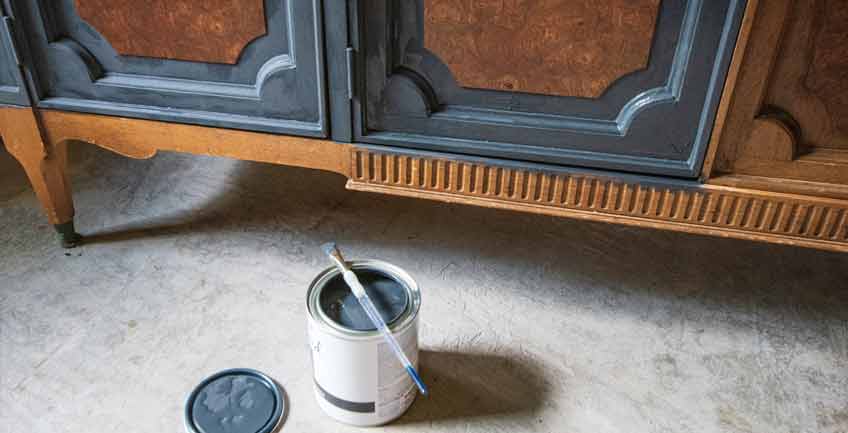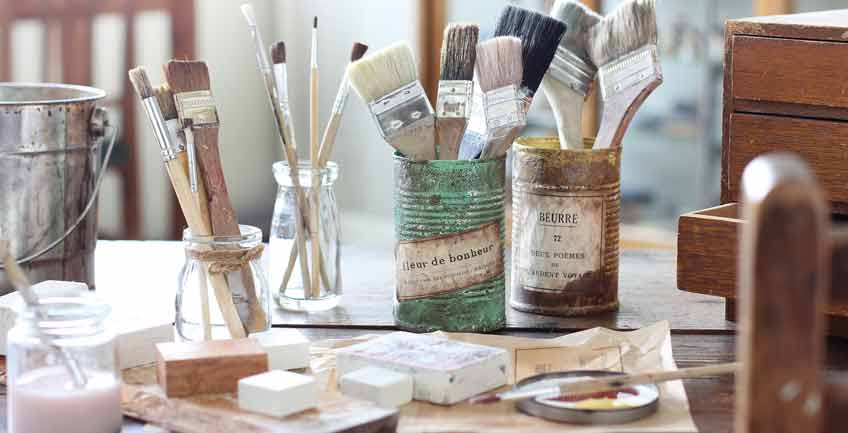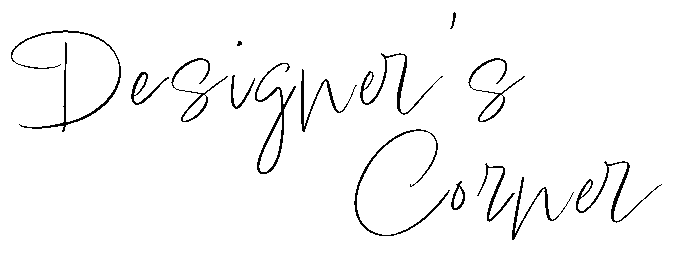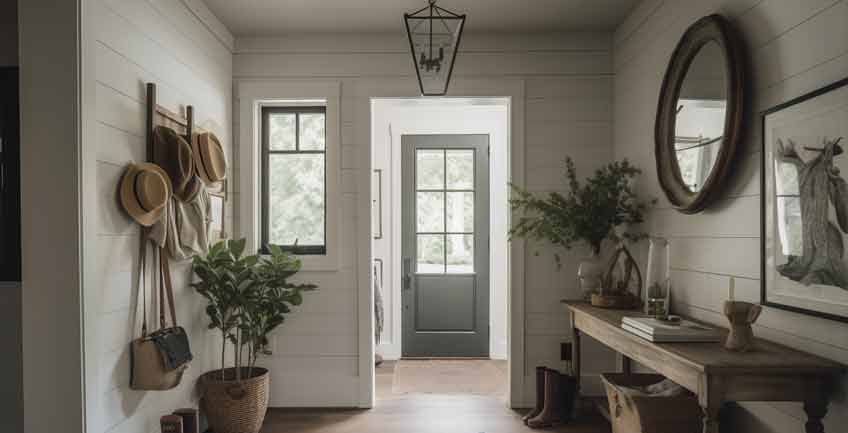
Challenges of DIY
Mastering the Art of What to Say and What Not to Say
Interior designers play a crucial role in transforming spaces and bringing their clients’ visions to life. However, one of the challenges they often face is dealing with clients who bring DIY furniture and never-ending projects into the equation. While clients’ enthusiasm for personal projects is commendable, it can sometimes clash with the professional expertise of the designer. In this article, we’ll explore how interior designers can navigate around clients’ DIY endeavors and endless projects while maintaining a harmonious working relationship.
Communication is Key:
Effective communication is the cornerstone of any successful client-designer relationship. When faced with clients who are passionate about their DIY projects, it’s important for interior designers to initiate an open and honest conversation about the scope of the project. Clearly define the roles and responsibilities of both parties, emphasizing the value of professional expertise in achieving a cohesive and polished design.
What I Want to Say: “I am not interested in working on projects that will headline in the ‘Nailed it’ article on buzzfeed.”
What I Should Say: “So I understand that the budget of this project is a concern. What items do you plan on doing yourself?”
Establishing Boundaries:
Setting clear boundaries is essential to maintain control over the design process. While clients may have their own ideas and DIY pieces they want to incorporate, it’s crucial for designers to establish limits on the extent to which these elements can be integrated without compromising the overall vision. This can help avoid a disjointed and chaotic design that may result from too many disparate elements.
What I Want to Say: “Planning to debut this in your living room? There are drips on the hand-painted furniture that even abstract art enthusiasts would call a bit much. Let’s avoid turning your living room into a messy art gallery, shall we?”
What I Should Say: “I propose considering the placement of this item in your VIP suite. It would allow guests to appreciate its aesthetic appeal and the color complements the rug.”
Educate Clients on Design Principles:
Many clients embark on DIY projects without a deep understanding of design principles. Interior designers can take on the role of educators, explaining the importance of cohesion, balance, and functionality in creating a well-designed space. By providing insight into the principles of design, designers can guide clients towards choices that align with the overall vision while still incorporating their personal touches.
What I Want to Say: “Are you a carpentry ninja, or should I prepare for a masterpiece that might double as a modern art installation? I mean, you’ve got the funds, why not save us both the DIY drama and grab something that’s already a perfect fit? Let’s not turn this into a ‘Fixer-Upper’ nightmare!”
What I Should Say: “Prior to investing considerable effort in your Ikea hack project, it is advisable to assess the scale of the piece within the room. Allow me to create a sketch to ensure its compatibility and to confirm our satisfaction with the design before proceeding with the implementation.”

Create a Design Plan:
To avoid never-ending projects, interior designers should create a comprehensive design plan that outlines the timeline, milestones, and budget. Clearly communicate the expectations for each phase of the project, including when client-provided items should be ready for incorporation. This proactive approach helps manage expectations and ensures that the project stays on track.
What I Want to Say: “Oh great, this project is going to go on forever. I’m just trying to figure out how I’m supposed to turn a profit when my side gig involves giving a step-by-step tutorial on ‘Cabinet Spacer Installation 101.’ “
What I Should Say: “I will prepare a comprehensive plan for your kitchen, allowing you the opportunity to assess whether you are willing to endure the extended duration of not having access to your kitchen for months while undertaking the cabinet installation personally. I will also provide a detailed estimate of the additional time required on my part.”

Encourage Collaboration:
Rather than outright rejecting clients’ DIY contributions, designers can encourage collaboration. Involve clients in the decision-making process by seeking their input on certain elements or allowing them to contribute ideas within predefined parameters. This approach fosters a sense of ownership for the client while still maintaining the integrity of the overall design.
What I Want to Say: “Been around the paint aisle more times than a lost tourist. No one wants a nightstand that screams ‘I settled for beige because I couldn’t commit.’”
What I Should Say: ”Let’s collaborate on selecting a new paint color for your nightstands. It’s crucial that we choose a color that complements the wallpaper behind the bed. If you find yourself reconsidering the selected color, please feel free to email me the specifications of the alternative color you are contemplating.”
Highlight the Value of Professional Expertise:
Emphasizing the value of professional expertise is crucial in guiding clients away from the pitfalls of DIY overload. Interior designers should communicate the benefits of their knowledge and experience, showcasing how their skills contribute to creating a cohesive and aesthetically pleasing space. This can help clients recognize the importance of striking a balance between personal touches and professional design guidance.
What I Want to Say: “How on earth am I supposed to arrange and manage all these DIY disasters?”
What I Should Say: “I appreciate your creative and hands-on approach, as well as your enthusiasm for DIY projects. While I acknowledge your skill, I would recommend one carefully selected piece per room can enhance its uniqueness without overwhelming the overall space.”
Navigating clients’ DIY furniture and never-ending projects requires balance of communication, education, and collaboration. By establishing clear boundaries, educating clients on design principles, creating comprehensive design plans, and highlighting the value of professional expertise, interior designers can successfully guide clients towards a harmonious and well-executed design. Ultimately, the goal is to create a space that reflects the clients’ personalities while benefiting from the expertise of a skilled and experienced designer.
XOXO,


 Design Monotony
Design Monotony